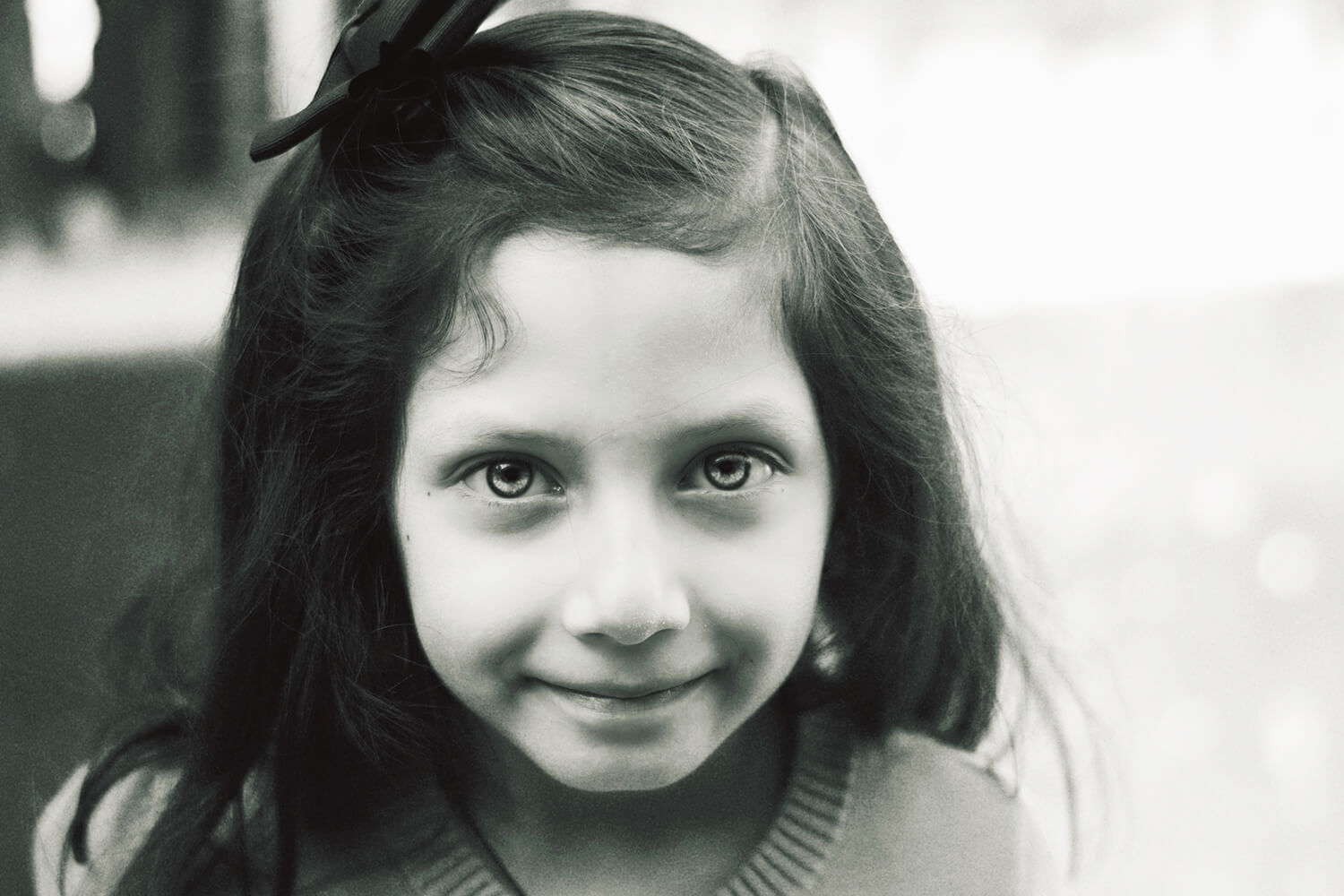Prevention
Protecting children is everyone’s responsibility. It takes effort and a caring eye. Your preparedness and training will come in handy if you need to take action to protect your own child or grandchild, children in your neighborhood, or your child’s friends and teammates. A child, raised in an equipped house, may be the one to alert an adult when a teacher or coach acts inappropriately. They may be the first to know when one of their friends has been victimized. Prevention is possible and it’s a community-wide effort. Your efforts can save a life.

